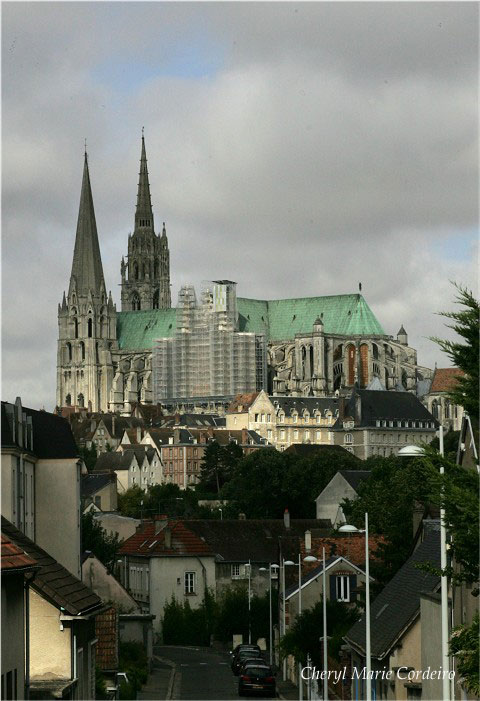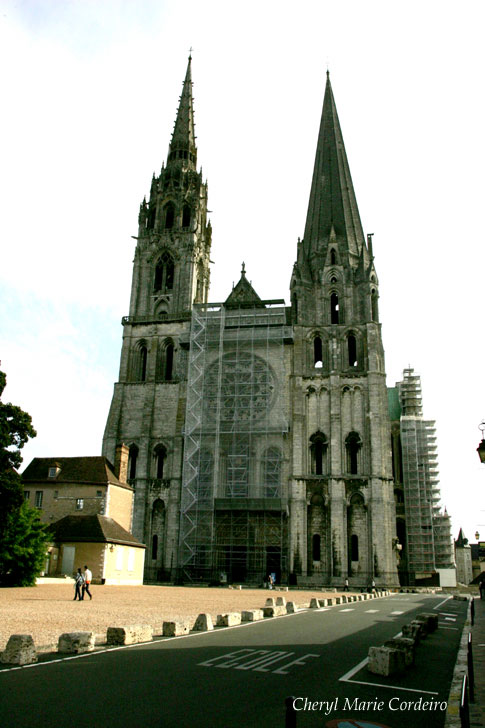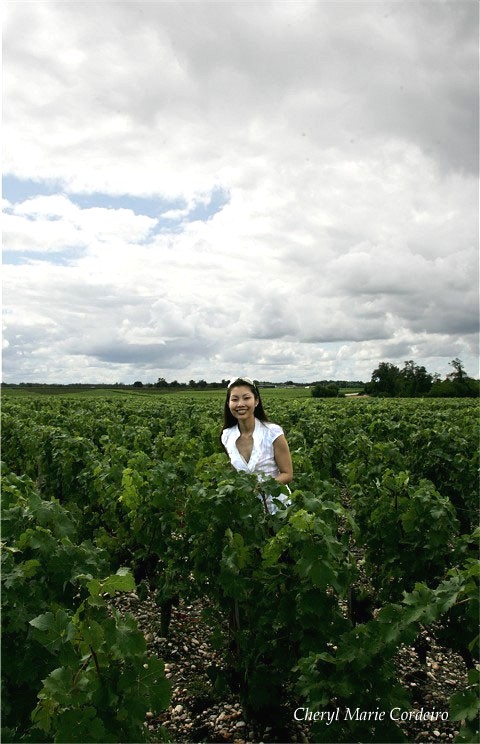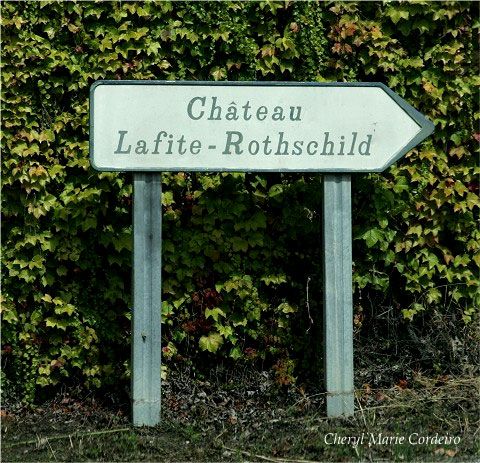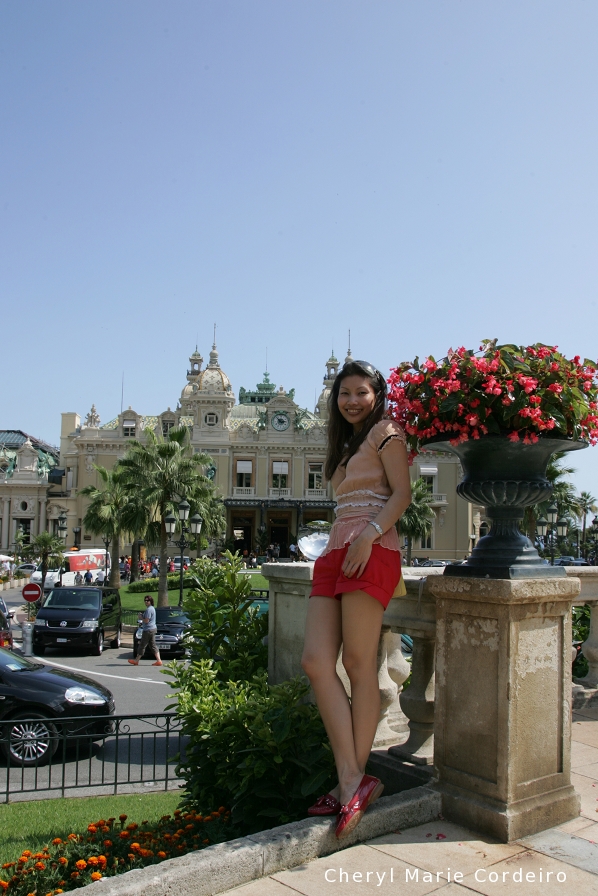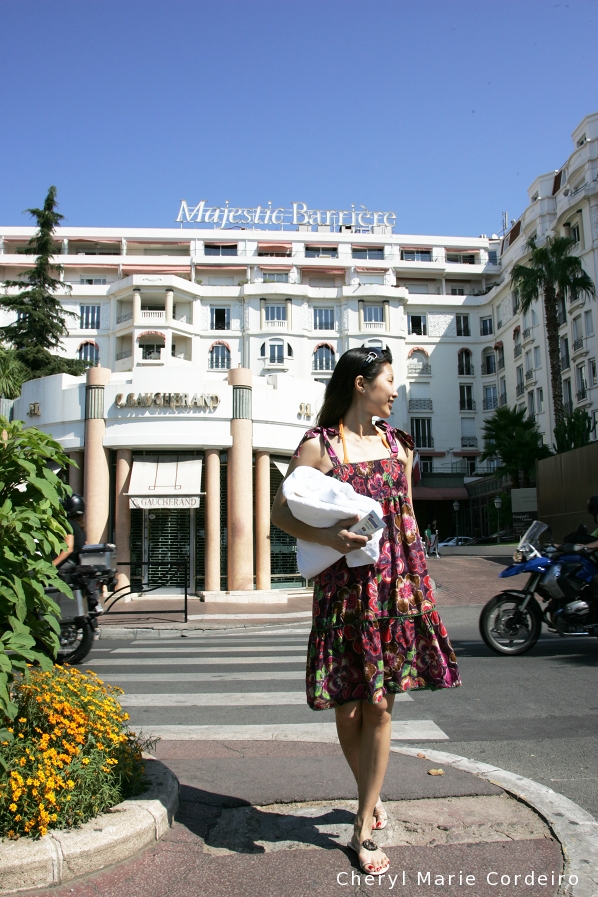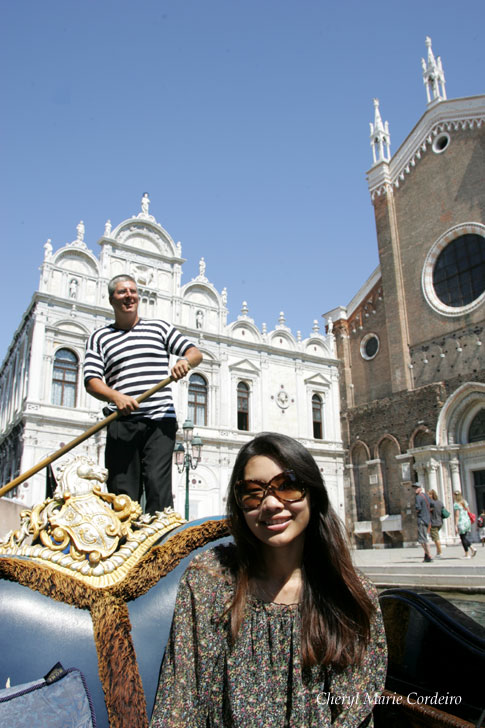
Not a cloud in sight but the gondola excursion proved cooler than expected as the gondola glided into narrower waterways with shade from the brick-walled buildings.
With over 400 bridges in Venice, it is perhaps quite unmistakable that Venice has been built for one to navigate it on foot. Still, considering Venice’s history as a city of trade, with most building facades and main entrances facing the waterways, I think one cannot discount exploring the ancient waterways of this lagoon city when there.
Venice has always been connected with the sea with its triumphs, conquests and adventures being mostly seaward bound. Marco Polo for example, was a Venetian merchant during the 13th century who gave us the most fascinating insights to China in his book Il Milione, where he met with Genghis Khan and travelled the Silk Road trade route. In the 14th century, despite its population being halved by the plague, the water city succeeds in becoming the leader of four seapowers of the Mediterranean Sea. A century later, it conquers the island of Cyprus.
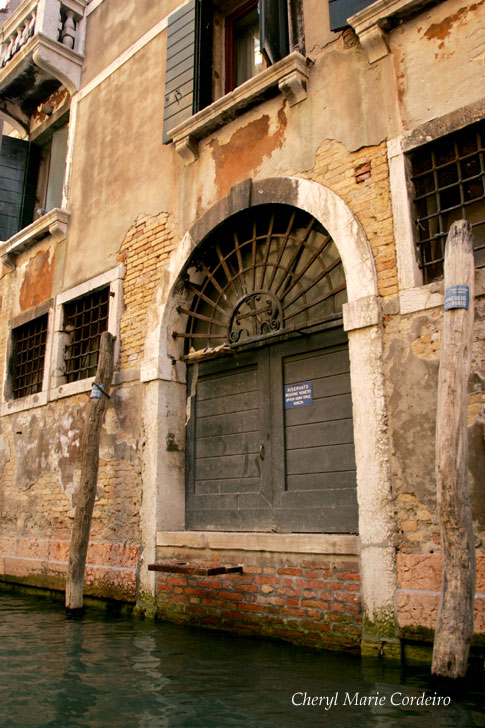
The Adriatic waters are seasonal in oscillation, with summer months being low tide and winter months, high tide. The waters go right up to the doorsteps of many private homes, shops and warehouses.
Because of its lagunal structure that somewhat prohibits the expansion of the city, Venice is one of the most unspoiled and untouched (with the exception of time) cities of Italy. Today, it is still the Adriatic waterways, with its seasonal oscillations, that run like veins through its buildings, coming right up to hundreds of individual doorsteps, shops and warehouses, going under hundreds of bridges. You can use these interconnecting waterways to explore the various lagoon islands of Venice – Burano, Murano, San Francesco del Deserto, San Lazzaro degli Armeni and Torcello – each lagoon having its own distinct characteristic traits and personality. Continue reading “Views from a Gondola”
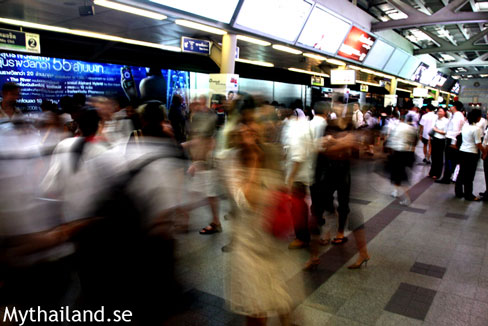
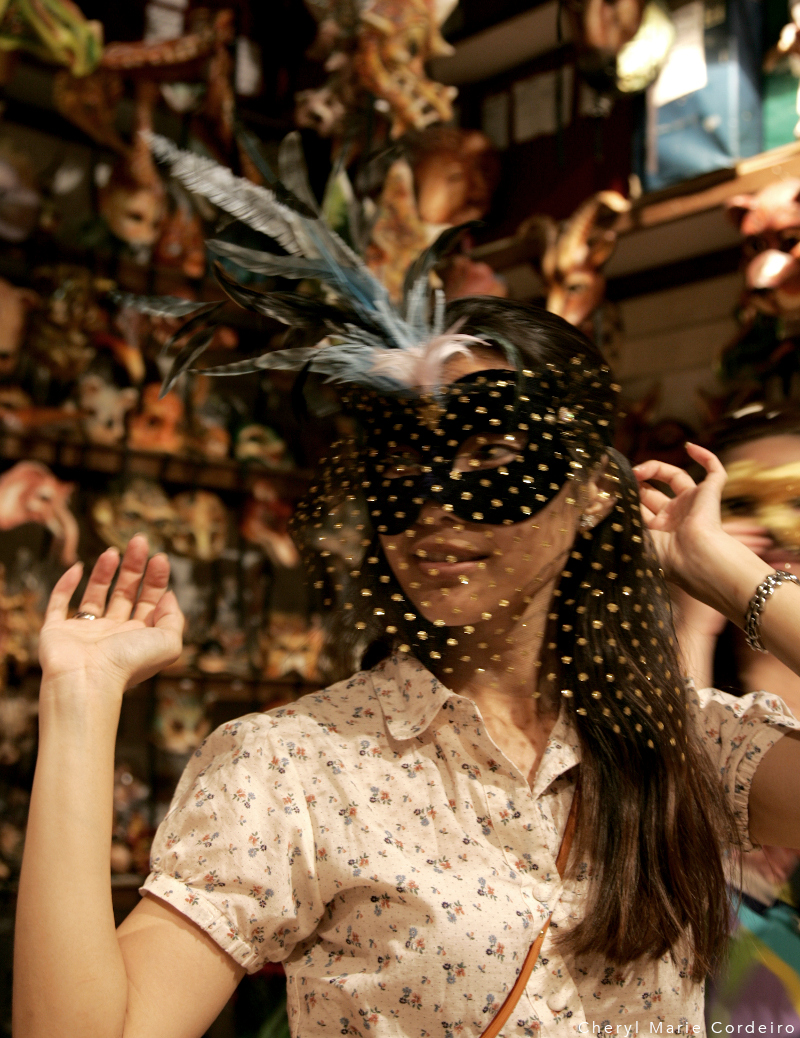
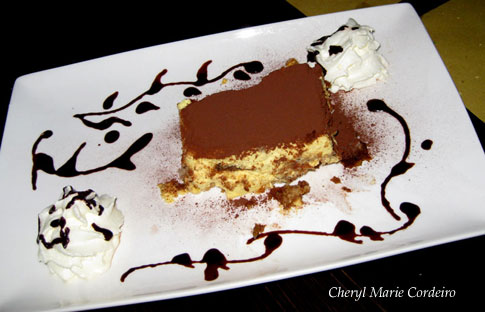

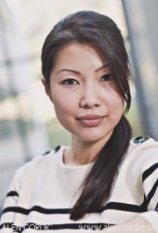 The job of the expatriate in international job transfers is hardly an easy transition. Most Scandinavian expatriate contracts in Singapore for example average 3 years, during which time, the employees, usually at managerial level, are supposed to make adjustments along several dimensions, both in the private and public domains.
The job of the expatriate in international job transfers is hardly an easy transition. Most Scandinavian expatriate contracts in Singapore for example average 3 years, during which time, the employees, usually at managerial level, are supposed to make adjustments along several dimensions, both in the private and public domains.